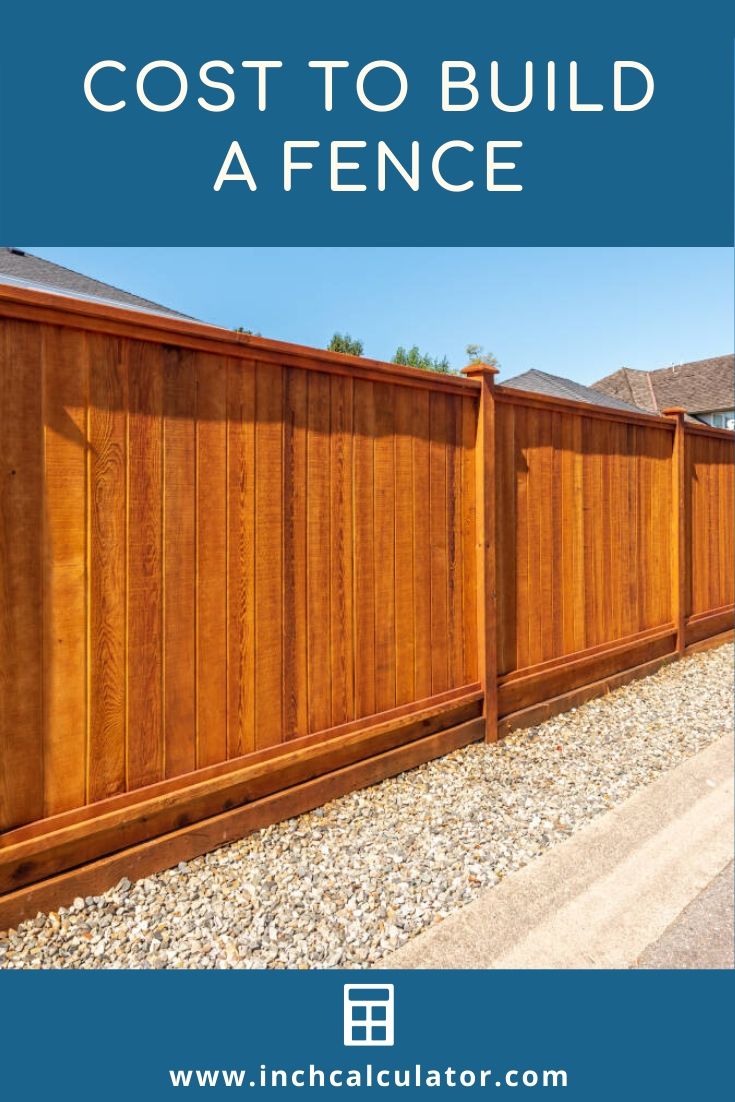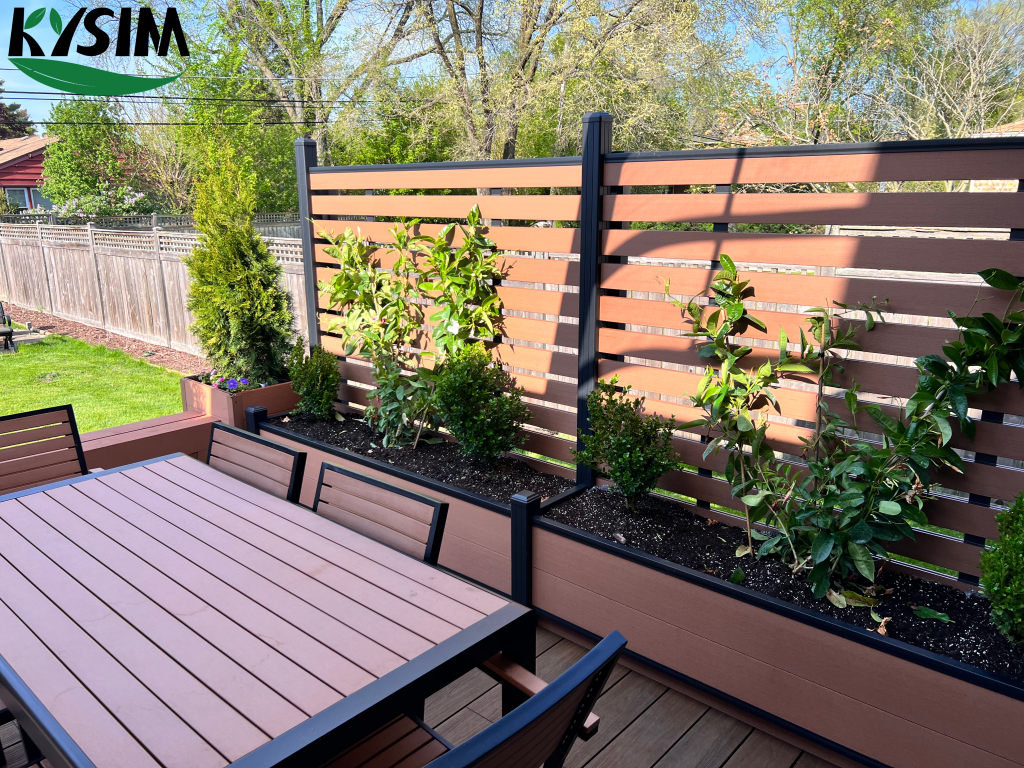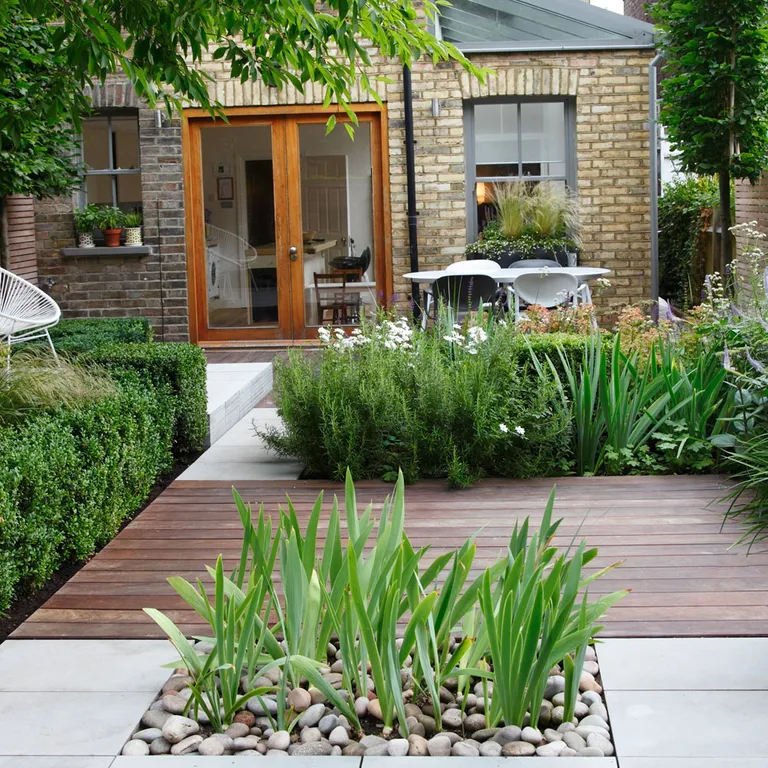
How Much Does A Composite Fence Cost
September 14, 2023
Kysim WPC Fence
September 29, 2023
Crafting Ecologically Intelligent Landscapes: Advanced Techniques in Modern Garden Design
Comprehensive Site Analysis and Master Planning
Successful landscape architecture begins with rigorous site evaluation. Professional designers recommend conducting thorough soil composition tests and microclimate assessments before schematic design development. Utilize advanced mapping software to document solar patterns, drainage gradients, and existing vegetation.
Key Planning Considerations:
- USDA Hardiness Zone-specific plant selection
- Permeable surface area calculations
- Wildlife corridor integration
- Four-season visual interest planning
Advanced Compositional Principles for Landscape Architects
Elevate your design practice through mastery of these core professional concepts:
Chromotherapeutic Color Theory Applications
Implement evidence-based color strategies using:
- Monochromatic foliage arrangements for visual cohesion
- Complementary bloom successions for seasonal transitions
- Psychological impact analysis of hue saturation levels
Textural Matrix Development
Create sophisticated tactile experiences through:
- Contrast pairing of glaucous foliage with matte surfaces
- Strategic placement of ornamental grasses for movement
- Bark texture progression in vertical spaces
Phytogeographical Selection Methodology
Optimize plant performance through scientific selection criteria:
| Parameter | Professional Standard |
|---|---|
| Drought Tolerance Index | ≥ 8.5 on the Hagan Scale |
| Pollinator Support Level | Minimum 4-star NWF rating |
| Root Architecture Profile | Non-invasive mycorrhizal networks |
Incorporate native plant communities to enhance ecological resilience while reducing maintenance requirements. Professional designers recommend implementing succession planting strategies to ensure year-round visual interest and habitat continuity.
Construction Documentation Best Practices
Transform design concepts into built environments through meticulous execution:
Soil Preparation Standards
- Conduct comprehensive soil panel testing (N-P-K + micronutrients)
- Amend with biochar at 20% volume ratio
- Implement hugelkultur mounds for slope stabilization
Hardscape Installation Guidelines
Ensure proper drainage and longevity through:
- Permeable paving systems with 30% void space
- Structural root barriers for tree protection
- Thermal mass stone placements for microclimate modulation
Post-Installation Management Protocols
Sustain landscape integrity through science-based maintenance strategies:
Integrated Pest Management (IPM)
- Implement pheromone disruption techniques
- Introduce predatory nematode populations
- Maintain 5:1 beneficial insect habitat ratio
Water Conservation Systems
Optimize irrigation efficiency with:
- Smart moisture sensor networks
- Subsurface capillary irrigation
- Bioswale filtration systems
Elevating Landscape Architecture Through Ecological Intelligence
By implementing these professional garden design strategies, landscape architects can create outdoor environments that achieve exceptional aesthetic results while demonstrating environmental stewardship. Continuous education through resources like industry-leading platforms ensures designers remain at the forefront of sustainable practice evolution.

